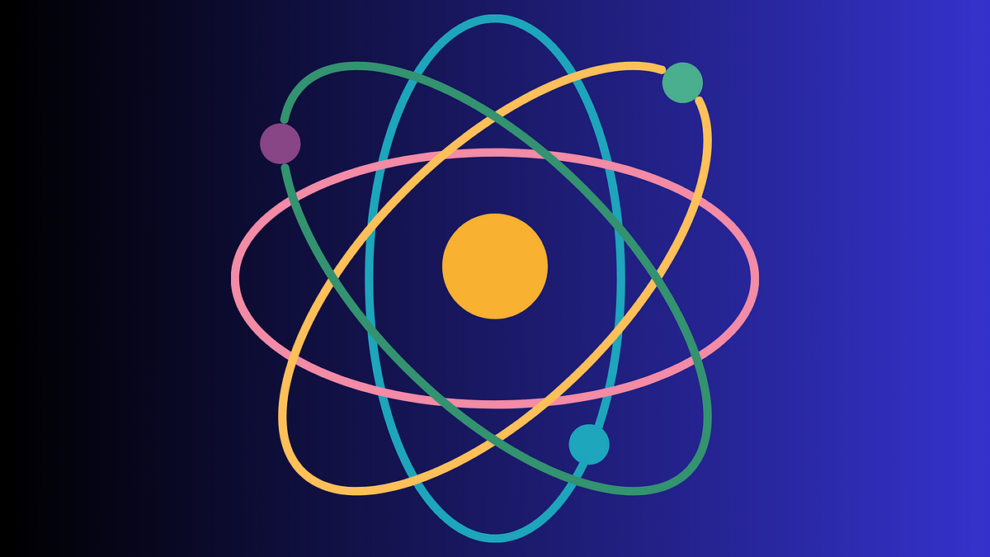The convergence of Artificial Intelligence (AI) and physics represents a pivotal advancement in our quest for understanding complex systems and the universe. This intersection is not just a theoretical overlap but a practical framework that enhances both fields, providing innovative tools for research and new methodologies for solving some of science’s most perplexing questions.
Who and What: The Collaboration of Fields and Minds
AI and physics come together through the efforts of institutions, researchers, and interdisciplinary initiatives like the NSF AI Institute for Artificial Intelligence and Fundamental Interactions (IAIFI) led by MIT. This collaboration involves experts from physics and computer science who aim to integrate AI with fundamental physics principles to unravel the mysteries of the universe, from the structure of matter to the dynamics of the cosmos.
When and Where: Timely Developments and Institutional Backing
This integration has been facilitated by substantial investments, such as the more than $100 million from the U.S. National Science Foundation to establish AI institutes. These efforts are not confined to laboratories but span across various universities and research facilities globally, showcasing a widespread academic and industrial interest in the potential of this synergy.
Why: The Motivation Behind the Merger
The primary motivation behind merging AI with physics is to leverage the computational power and pattern recognition capabilities of AI to handle the vast and complex data sets produced in physics experiments. This amalgamation promises not only to speed up research processes but also to introduce new paradigms in both theoretical and applied physics.
Core Areas of Impact
Theoretical Insights and Practical Applications
At the core of AI’s integration into physics is the enhancement of simulation and modeling capabilities. AI algorithms, inspired by physical principles like optimization and stability, have led to the development of techniques such as simulated annealing and genetic algorithms, which are now fundamental in tackling complex physical and computational problems.
Quantum Mechanics and Machine Learning
Quantum computing’s intersection with AI, particularly through quantum machine learning, is set to revolutionize problem-solving in fields that require immense computational power, such as cryptography and complex system simulations.
Enhancing Experimental Physics
AI’s role in experimental physics is rapidly expanding, particularly in areas like particle physics and cosmology where it assists in data analysis and interpretation of large-scale experiments, thus accelerating discovery and deeper insights into the fabric of the universe.
Multi-Physics and AI Integration
The practical application of AI in multi-physics scenarios illustrates AI’s capability to integrate and interpret interactions between different physical phenomena, which is crucial in industries like automotive and energy, where various physical dynamics interact simultaneously.
Ethical and Practical Considerations
As AI becomes more entrenched in the physics domain, it raises essential ethical questions about the validation and reliance on AI-generated conclusions. Ensuring that AI’s insights complement rather than replace traditional scientific methods is crucial for maintaining scientific rigor and integrity.
Future Directions
The ongoing integration of AI and physics is poised to uncover new scientific methodologies, enhance our understanding of the universe, and solve complex challenges that were once thought insurmountable. As we advance, it will be essential to navigate the ethical landscapes and ensure that these powerful tools are used responsibly and effectively.
The intersection of AI and physics is more than a mere combination of two fields; it is a transformative journey that redefines what is possible in science and technology. This synergy not only propels us closer to answering some of the most fundamental questions about our universe but also equips us with the tools to explore uncharted scientific territories.




